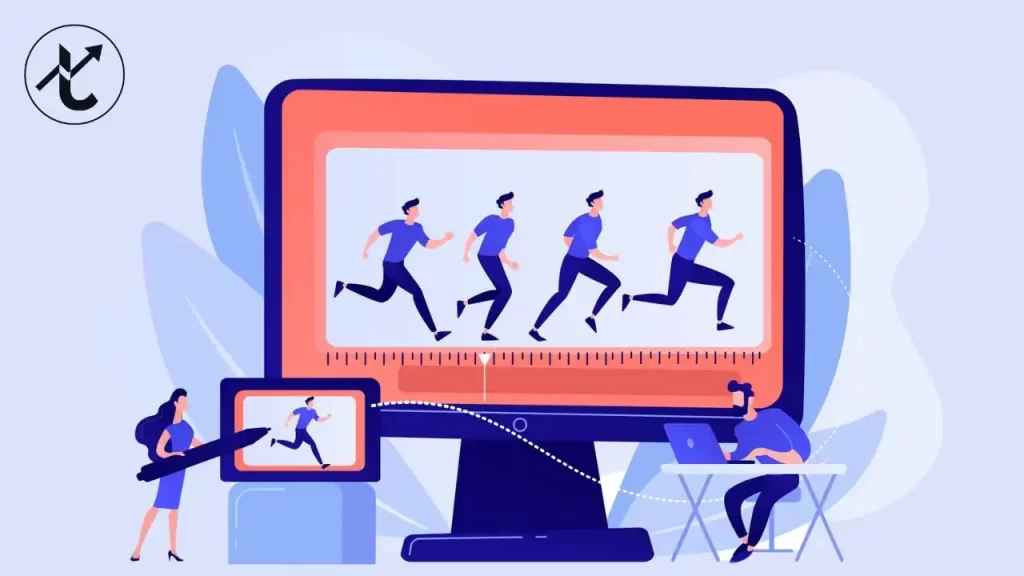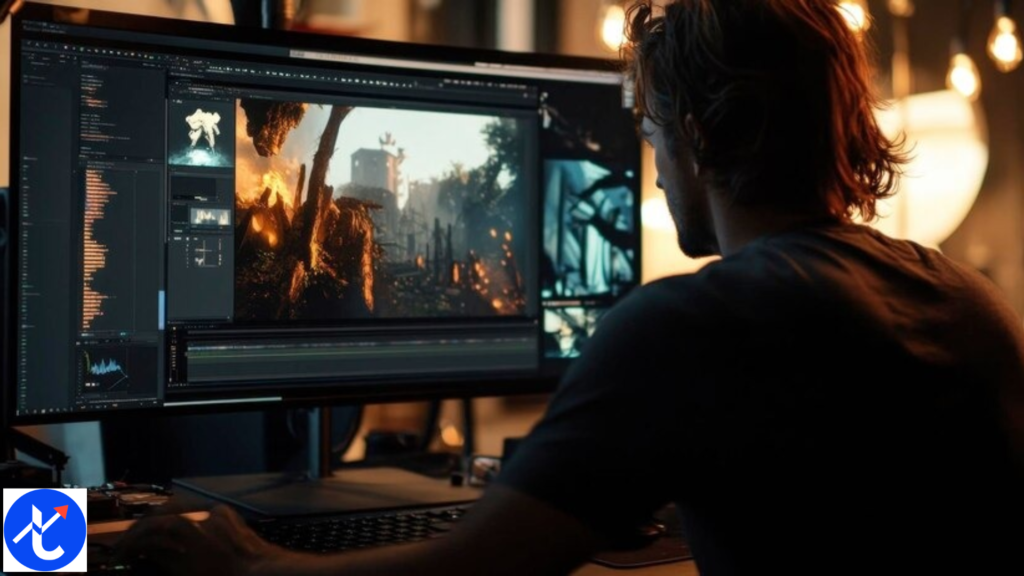Frame-by-Frame Animation is the art of creating the illusion of movement by displaying a series of images, or frames, in rapid succession. There are many types and techniques of animation, but one of the most traditional and versatile ones is frame-by-frame animation.
In this comprehensive guide, we will cover complete detail from what is Frame-by-Frame Animation, its types of animation, and use cases. Also, if you are looking for hiring a freelance animator we have got you covered but for that read till the end of article.
What is Frame-By-Frame animation
Frame-by-Frame animation is the most traditional and classical way to represent animation through a set of drawings. This technique, which dates to the early days of animation, is still frequently employed today. Each frame of an animation must be drawn separately on a piece of paper or a digital canvas, with little adjustments made to the image in each frame to move.
Although this method calls for a considerable deal of patience and talent, the results can be breathtaking. With conventional animation techniques, it is challenging to reach the amount of detail and delicacy that is possible with frame-by-frame animation.
But, thanks to technological developments that have facilitated and widened access to the process. Each frame of an animation is created digitally in digital frame-by-frame animation, either by drawing directly on a tablet computer or by utilizing software to produce and alter the visuals.
Types of Frame-By-Frame animation
There are several techniques and each one has its notable qualities and complexities. Only a few of them, which are popular, are listed below.
Traditional animation
It is the earliest and foundation of frame-by-frame animation. In this each frame is drawn step by step and made proximate tiniest detail. This traditional 2D animation gives full control over pictorial representation.
Though this is a tedious process and requires a high level of precision. Artists spend time more than usual to bring high accuracy and quality content. Also, this is cost-ineffective way for all types of frame-by-frame animation.
Digital Hand-Drawn animations
This is similar to the above method but, the main difference is now Frame are crafted using modern-day types of equipments. In this either tablet are used to draw frames or high-end software is used.
From scratch, frames are rendered and formed into masterpieces. This new way has become more popular in the last two decades because of advanced technology. It has cut down time and cost drastically.
Stop-Motion Animation
This is another illusive method of creating animation with the help of a bunch of pictures. It is less popular and used in commercials for animator explainer videos. In this several shots are taken and moved accordingly frame-by-frame to desired motion. Then using substantial software to compile images and play in sequence.
Rotoscoping animation
Rotoscoping has the benefit of enabling animators to produce animations with a great level of detail and realism, making it ideal for constructing lifelike figures and objects. Rotoscoping enables animators to add additional animation or change the traced film to produce stylized effects. Today, rotoscoping is used in a wide range of projects, including music videos, commercials, and feature films.
Uses of Frame-by-Frame Animation
Frame-by-Frame animation is popular for its use case as it breakdown complex into simpler and imaginative ideas into reality. Animated explainer videos are best for new brands creating awareness about the new product or services. Not only this but there are more useful and creative ways this animation is shown.
- Entertainment Industry
Frame-by-frame animation is frequently employed in the production of animated feature films, TV series, and short films in the entertainment sector. The aesthetically attractive and intricate animations that can be produced using this method are sure to fascinate viewers of all ages. - Advertising and marketing
Explainer films with animation are becoming a more and more common marketing strategy for companies of all sizes. These movies frequently employ frame-by-frame animation to produce interesting and instructive graphics that aid in the explanation of difficult subjects or the promotion of a good or service. - Gaming Industry
To produce incredibly complex characters and environments, frame-by-frame animation is frequently employed in the gaming industry. Using this method, animators may produce intricate animations that can give virtual characters life and improve the gaming experience. - Education
Instructional videos and interactive learning resources are produced using frame-by-frame animation in educational settings. These cartoons can aid in the straightforward and entertaining explanation of challenging subjects, improving accessibility and enjoyment of learning for students of all ages.
Hiring a Freelance Animator
Frame-by-Frame Animator is tedious process and requires skillful artisans. Therefore, spending time on this can be avoidable and, hence you can spare your valuable time to other chores.
There are many platforms on internet, i.e. Fiverr, Interhsalla, Upwork, Behance, etc, where you can find that skilled people and get your job done. On these platform you can handpick people according to your budget and project size. Here are some following ways to pick freelancer:
- The project’s scope
You should have a clear vision for how your animation will appear, how long it should be, what style you prefer, what message you want to communicate, etc. - The project’s budget
You should have a reasonable idea of how much money you are prepared to spend on your animation. Consider the quality-price ratio of various animators as well. - The project’s due date
A sensible schedule should be in place for your project. Inquire with your animator about their accessibility and development as well.
You can receive a professional and personalised frame-by-frame animation for your project by hiring a freelance animator. But you should also be cordial and helpful to your animator.





